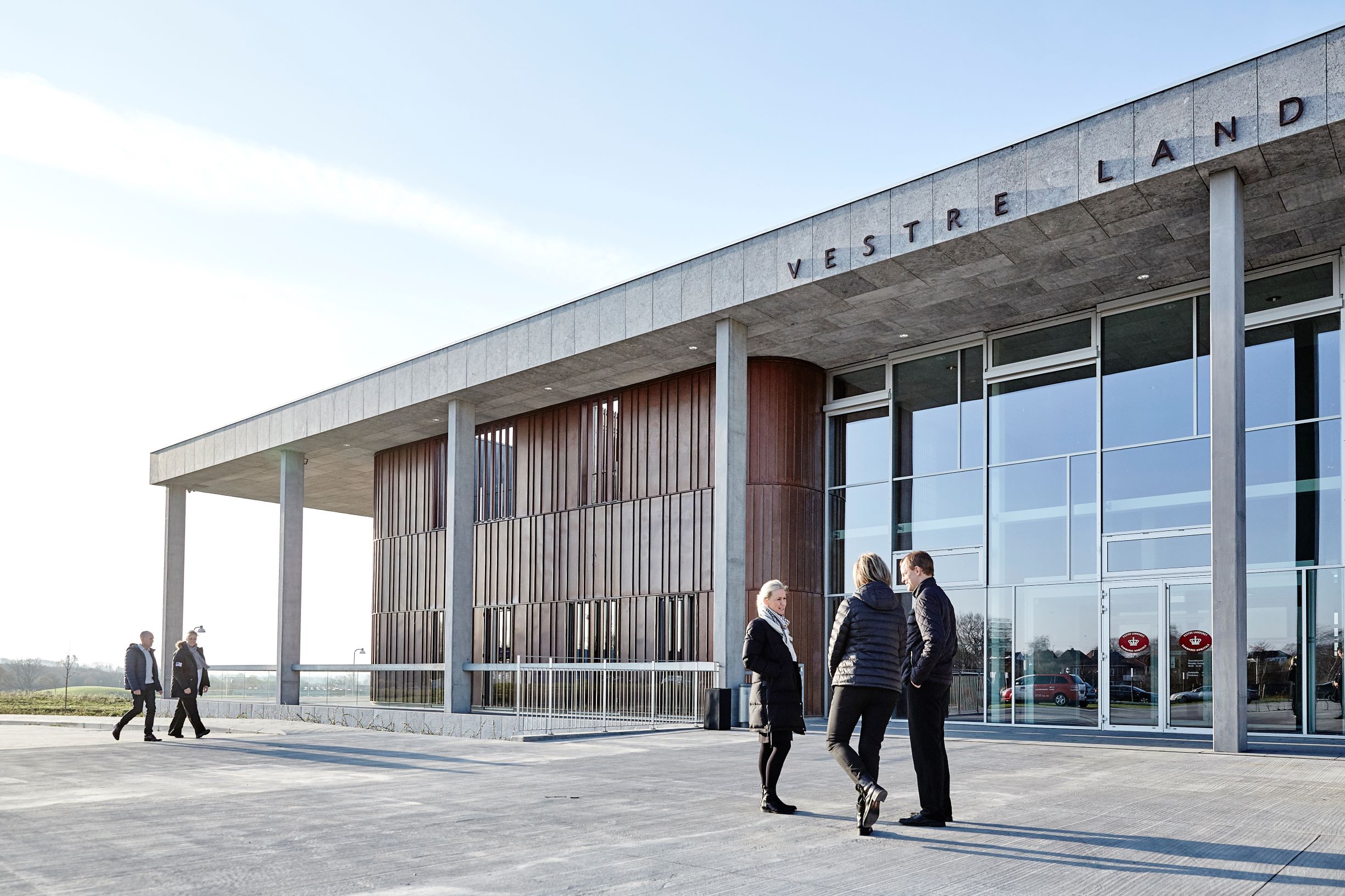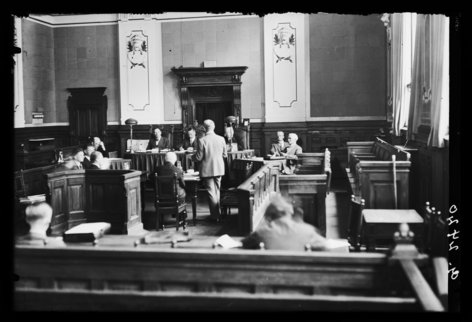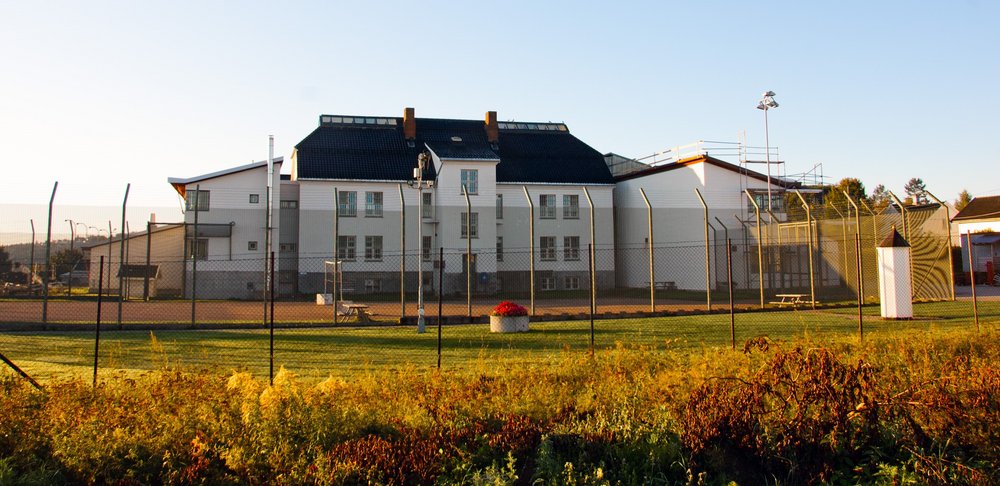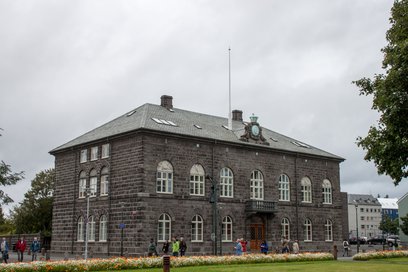The legal systems of the Nordic countries
Constitutions set out the rights of individuals living in the Nordic countries, enshrining fundamental principles, such as full equality before the law and innocence until proved guilty. Contemporary law in the Nordic countries is based on compiled codes and/or comprehensive collections of statutes.

The legal rights of people in the Nordic countries are clearly guaranteed by their constitutions, and certain fundamental principles underlie all of today’s Nordic legal systems, including full equality before the law, guaranteed access to due process and professional representation, and the innocence (and, in criminal cases, even the anonymity) of the accused until proved guilty. Although court procedures seem to be less formal than those in many European countries, they are strictly followed. One interesting feature of the court systems is that hearings and trials in the courts of first instance are often conducted by panels composed of one or more professional judge and several lay judges. It is these panels that decide cases, not juries. Similarly, panels of judges decide appeals at all appellate levels.
Structurally, the court systems throughout the region are relatively similar. Courts of first instance are based at the district or communal level, and, in general, all criminal and civil cases are heard by these courts, although the composition may vary with the nature of the action. First instance courts are understandably the most numerous type of court. It is difficult to be precise about the exact number of these as they are can be defined in different ways in different sources and ‘tiers’ of courts are often added/removed by different governments. However, today Iceland has the least with eight and Denmark and Norway the most (84 and 94 respectively).

Decisions may be, in most cases, appealed to second tier courts. In rare instances, appeals of appellate decisions will be heard by national supreme courts. These have quite old histories. Iceland’s parliament (Alþingi) functioned, to varying degrees, as a supreme court from its founding in 930 until it was disbanded in 1800 - when it was replaced by a new high court. Denmark’s first supreme court was established in 1732, Finland’s in 1919, Norway’s in 1815, and Sweden’s in 1614 (although, more accurately in terms of function, in 1789).
In addition to civil and criminal case courts, there can be special administrative courts that deal with issues between citizens and government. Also, each country has a system of “special” courts to consider labor market disputes, economic market issues, land and rent cases, as well as insurance, water, maritime, and environmental matters, and so on. The Nordic countries are also connected to the legal system of the EU in differing ways and the International Court in The Hague.
The Nordic countries are generally recognized for the humaneness of their penal codes. Punishments are less severe than in much of the world, manifested in the length of sentences - in Norway, for example, the maximum term of imprisonment is 21 years - and in the nature of the prisons. The death penalty was abolished relatively early (see table below).

PICTURE: Trial in Norway 1934, dealing with regulations on alcohol. Photo: Nasjonalbiblioteket. Public Domain.
The Nordic penal system is generally recognized for its humane treatment of in-mates. Sem Prison in Norway can house 62 inmates. Photo: Peter Fiskerstrand, Wikimedia Commons. CC BY-SA 3.0.
Dates concerning the death penalty in Norden
| Abolished for civil crimes | Abolished for all crimes | Last execution |
Denmark | 1933 | 1978 | 1950 |
Finland | 1949 | 1972 | 1944 |
Iceland | n/a | 1928 | 1830 |
Norway | 1905 | 1979 | 1948 |
Sweden | 1921 | 1972 | 1910 |
History of the legal systems in the Nordic countries
The legal systems in the Nordic countries have long histories. There is evidence of local and regional systems in medieval written sources including the Icelandic sagas, which date mainly from the thirteenth century but describe much earlier times, and in law codes such as the Jutland Law from 1241 in Denmark, Magnus Law Mender’s Landslov from late thirteenth century Norway, and Magnus Eriksson’s from mid-fourteenth century Sweden. This evidence also points to much older legal “codes” based on case law that was maintained by memory before being written down after 1000CE. In the same period, systems of courts developed at local and regional or provincial levels based on assemblies (ting, lagting, althing, etc.) made up of elected and/or appointed judges (lagman). One of the most fascinating legal systems developed in Iceland. There the Althing served as the court for the entire island between 930 and 965, when four ‘quarter courts’ (of first instance) were established. A special appeals court was set up about 40 years later. The system lasted until Iceland became part of the Norwegian kingdom in 1262.

PICTURE: Alþingiin in Iceland as it looks today. This building was built in 1881. Photo: Szilas, Wikimedia Commons. Public Domain.
The development of the early modern states of the area involved further standardization of law codes, court institutions, and procedures. In Denmark, Christian V initiated the compilation of a uniform national law code that was introduced in 1683. In Norway, a code based on earlier sources was completed in 1604, during the reign of Christian IV, and this was replaced in 1687 by a more Danish-based one. Iceland operated under the code embodied in the so-called Jónsbók (1280) for over 400 years. Sweden replaced Magnus Eriksson’s compilation with a new, unified code in 1734, and this applied to the Finnish parts of the Swedish kingdom as well. All of these fundamental codes subsequently underwent numerous revisions, and contemporary law in the Nordic countries is based on compiled codes and/or comprehensive collections of statutes that date mainly from the late-twentieth century.
Further reading:
- Lester Bernhardt Orfield. The Growth of Scandinavian Law. (Philadelphia: University of Pennsylvania Press for Temple University Publications, 1953. Reprinted 2002 by The Lawbook Exchange, Ltd.)